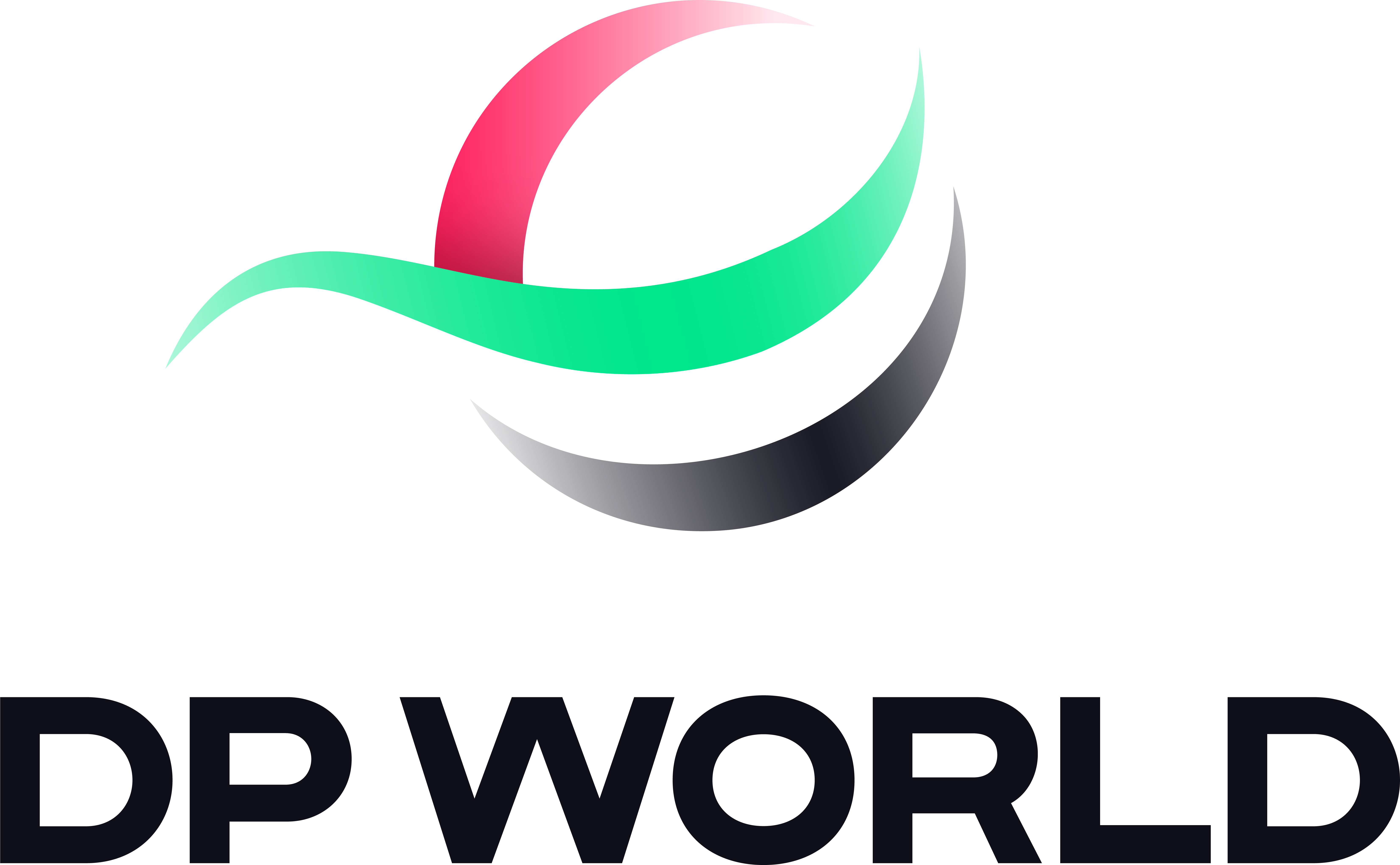Reimagining Supply Chains in a Disrupted World: A Shift to Sustainability, Resilience, and Efficiency
DP World Americas CEO Brian Enright explores how global upheavals are catalyzing the evolution of supply chain management toward ESG integration and agile strategies
Although the ongoing spate of global disturbances – e.g., pandemics, geopolitical tensions, climate emergencies, etc. – have highlighted the vulnerability of supply chains, they’ve also paved the way for opportunity, writes Brian Enright, CEO and Chief Transformation Officer for DP World Americas in a recent article published in Forbes.
Supply chain and procurement leaders now have the C-suite’s attention, Enright says, and that comes with a mandate for real change.
“Supply chain leaders have been presented with the rare opportunity to reimagine and future-proof their supply chains,” Enright writes in Navigating Modern Supply Chains: Vulnerabilities, Innovations, and the ESG Imperative. “And they can do that by recognizing a trio of new priorities — sustainability, resilience and efficiency — and gradually entwining them with the classic tenets of cost, quality and service.”
In his article, Enright explores several key points, including:
- Shifting Priorities: There's a rising importance of sustainability, resilience, and efficiency in supply chains. The MIT Center for Transportation and Logistics' 2022 State of Supply Chain Sustainability report underscores this trend among global supply-chain professionals.
- Changing Pain Points: Current concerns are not just about keeping costs low or ensuring quality, but also about managing the erratic supply and demand, adapting quickly to change, navigating ESG (Environmental, Social, and Governance) expectations, and dealing with regulatory challenges.
- Supply Chain Optimization Initiatives: A Supply Chain Dive report found that more than 60% of survey participants are taking measures such as shortening transportation routes, streamlining deliveries, and fine-tuning inventory levels to further their ESG objectives.
- Nearshoring Practices: Companies are moving operations closer to their end destination to cut down on fuel use and carbon emissions. Enright illustrates this point with the Mondelez example: during the pandemic, DP World and Mondelez collaborated to set up a regional distribution center in the Dominican Republic to overcome supply chain disruption and ensure the uninterrupted distribution of goods across the Caribbean.
- ESG in Vendor Selection: Companies are now evaluating suppliers based on environmental impact, with 84% of supply chain executives considering decarbonization and sustainability credentials in their selection processes.
- Consolidation for Efficiency: Companies are consolidating vendor lists and partnering with end-to-end service providers to reduce touchpoints and ensure comprehensive data sets, aiding in ESG commitments.
- Lessons from Clean Energy: The clean energy industry, facing a surge in demand for components, is a predictor of supply chain trends. A recent Canary Media report found that nearly half of professionals in the clean energy space anticipate a decline in domestic supply chain resilience over the next two years due to rising demand and in response, are doubling down on ensuring uninterrupted access to critical components and materials.
The industry is adapting to the challenges posed by global disruptions, shifting towards a supply chain that balances traditional goals with environmental, social, and governance objectives. This transformation is seen as a path towards a more sustainable, resilient, and efficient future for all stakeholders.
Read the full article here: Navigating Modern Supply Chains: Vulnerabilities, Innovations, and the ESG Imperative.
###

